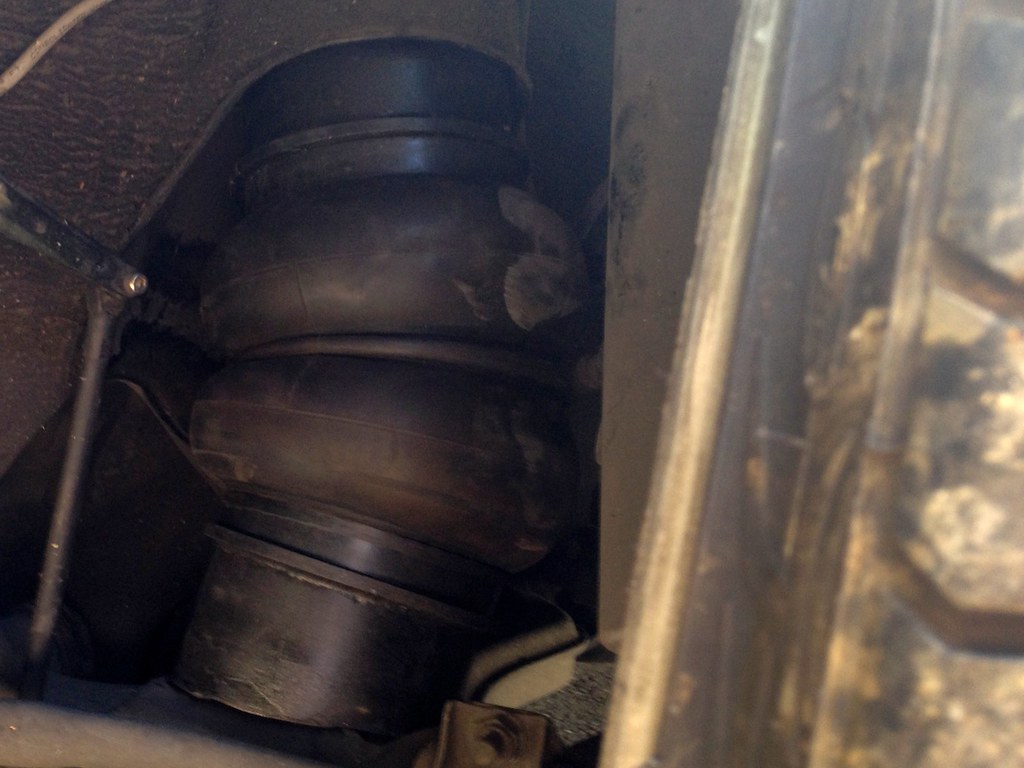So, one of the things I get a kick out of among the Mercedes faithful is the way the W124 is fetishized as perhaps the most perfect car ever made. Now don't get me wrong, it's a totally awesome car, and the engineers at Mercedes did a simply amazing job putting the car together. There are a few design details, however, that have always left me puzzled. Just for your entertainment and to upset the purists, I put a little video together about some of the quirks of living with a W124:
[ame="http://www.youtube.com/watch?v=trp6MlY8RGU"]http://www.youtube.com/watch?v=trp6MlY8RGU[/ame]
[ame="http://www.youtube.com/watch?v=trp6MlY8RGU"]http://www.youtube.com/watch?v=trp6MlY8RGU[/ame]

































Comment